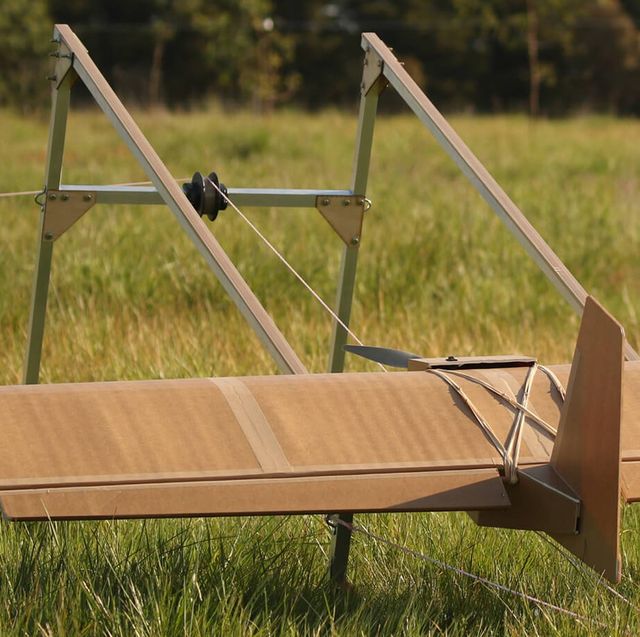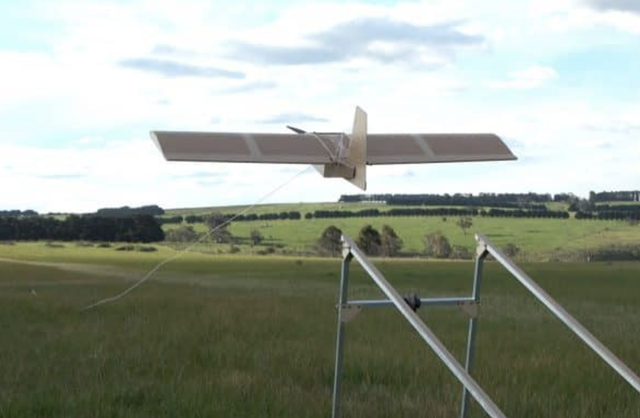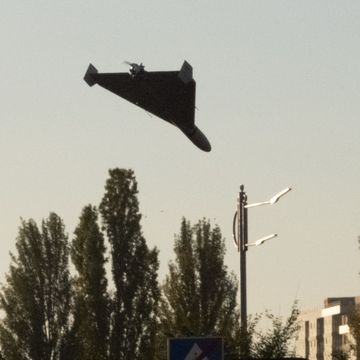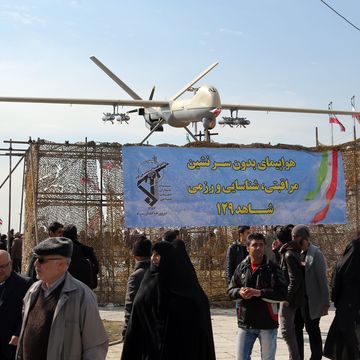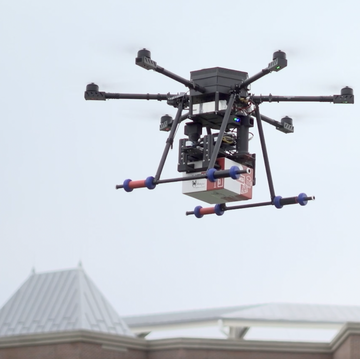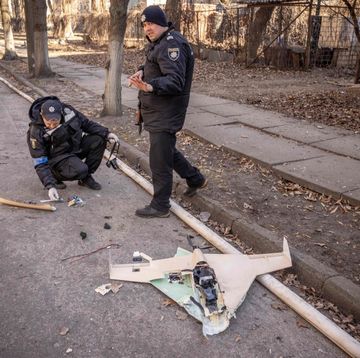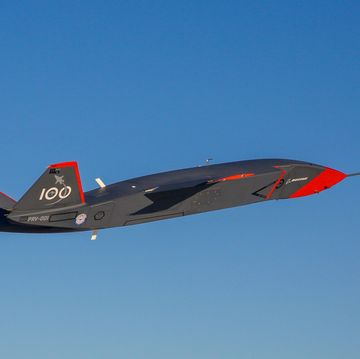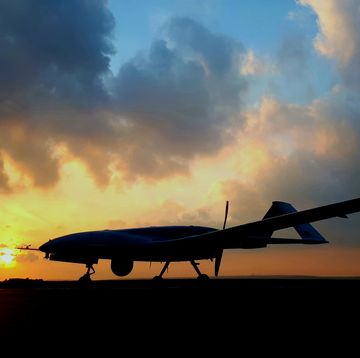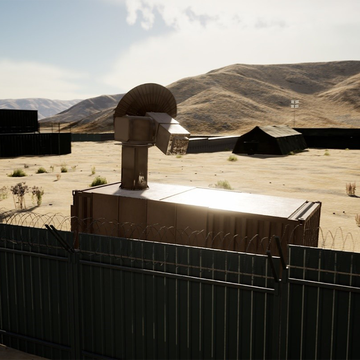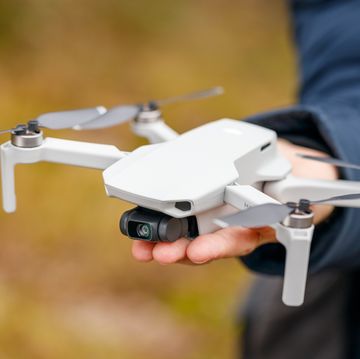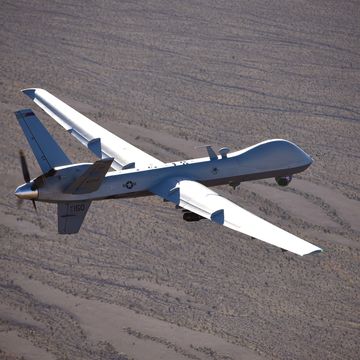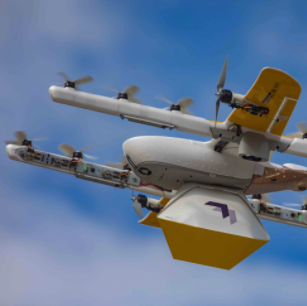Drones have emerged as one of the key weapons in the Russo-Ukrainian war. From hunter-killer craft stalking tanks with missiles to cheap quadcopters keeping watch over enemy trenches, unmanned aerial vehicles (UAVs) have become as ubiquitous as tanks and machine guns. After all, surprise attacks and stealthy maneuvers become a lot more difficult when the enemy always has eyes in the sky.
But the downside to reliance on drones is massive attrition. Slow, low-flying, and unarmored, drones are prey to shoulder-fired anti-aircraft missiles, anti-aircraft cannons, and even machine guns and rifles. Add in counter-UAV jammers, bad weather, and inexperienced operators, and it’s no wonder that both Russia and Ukraine are losing lots of drones—and desperately trying to acquire more from domestic and foreign sources.
✅ Get the Facts: Drones in Ukraine
+ Jam Buster: How Ukraine’s ‘Secret Weapon’ Shrugs Off Russian Radio Interference
+ Russia’s New Drone Warhead Is a ‘Complex Engine of Destruction’
+ How Cheap Drones Replaced Fighter Jets in the Battle for Ukraine’s Skies
But Ukraine may have found a solution: drones made out of cardboard. Ukrainian troops have been using cardboard UAVs manufactured by Australian company Sypaq, according to The Australian.
“At least 100 of the flat-packed drones are being supplied to Ukraine each month, allowing President Volodymyr Zelensky’s forces to drop bombs, deliver supplies and undertake vital reconnaissance missions,” according to the newspaper.
The Precision Payload Delivery System (PPDS) is a propeller-driven drone that can be assembled with just glue and tape. Photos show an aircraft that sort of resembles one of those balsa-wood model airplanes powered by rubber bands. In fact, “the drones are constructed from thick, wax-coated cardboard and heavy-duty rubber bands that secure the wings,” per The Australian. They are controlled by a military-grade guidance system that requires no user input once the aircraft is launched.
PPDS drones can carry payloads of 3 kilograms (7 pounds) and 5 kilograms (11 pounds), depending on the model; they can fly out to 120 kilometers (75 miles). Though not built from durable metal or plastic, some PPDS drones have managed to make 60 flights in Ukraine. The cardboard is wax-coated to enable flights in wet weather.
The drones come folded up to the size of a pizza box, and 24 can be packed into a container. “The flat pack is a key feature there,” Sypaq chief engineer Ross Osborne told The Australian. “We can stack these up on a pallet. We also developed modular avionics and propulsion sets that can hopefully achieve a bit of reuse.”
PPDS was originally designed as a simple, easy-to-learn drone meant to fly short-range supply missions for the Australian military (which has yet to purchase the UAV). “When it’s operating with no data link, obviously it’s set and forget, and it does a great job of flying down range, monitoring the terrain and figuring out a landing pattern and approach, given the weather conditions,” Osborne said.
Perhaps most important for a long-term war of attrition in Ukraine is the cost. At $1,000–$5,000 Australian dollars ($670–$3,350 USD) per drone, they’re about the price of a DJI quadcopter, and far less than a big $30 million MQ-9 Reaper.
Given the voracious appetite of modern warfare, drones are likely to become consumables like bullets or artillery shells. Which means cardboard UAVs—which hobbyists and researchers are already using—are likely to become commonplace, especially if they can be manufactured on the spot with 3D printers.
“They aren’t robust, but they do the job for the right price,” Jamey Jacob, director of the Unmanned Systems Research Institute at Oklahoma State University, tells Popular Mechanics. “While they will never outperform systems engineered with traditional drone materials such as plastics and composites, the ROI [return on investment] is very high, particularly if you expect a high rate of loss of the systems.”
Interestingly, while cardboard UAVs are fragile, they’re stealthier than other drones. Cardboard is “transparent to radar, so harder to spot,” Jacob explains. “The radar will pick up things such as electric motors, batteries, and propellers, but not the cardboard.”
As with any product, low cost comes at a price. A 7-pound payload capacity means a PPDS drone can carry a few rifle magazines to a besieged infantry platoon, or a few grenades or improvised bombs to drop on the enemy. But that still leaves a need for bigger drones with longer range and larger payloads.
Nonetheless, Vasyl Myroshnychenko, Ukraine’s ambassador to Australia, was impressed by a demonstration of the cardboard drones.
“When you look at it, it looks like something that kids would play with,” he said. “But when you see what it can do, it’s really amazing.”
You can find Michael Peck on Twitter at @Mipeck1.
Michael Peck writes about defense and international security issues, as well as military history and wargaming. His work has appeared in Defense News, Foreign Policy Magazine, Politico, National Defense Magazine, The National Interest, Aerospace America and other publications. He holds an MA in Political Science from Rutgers University.
